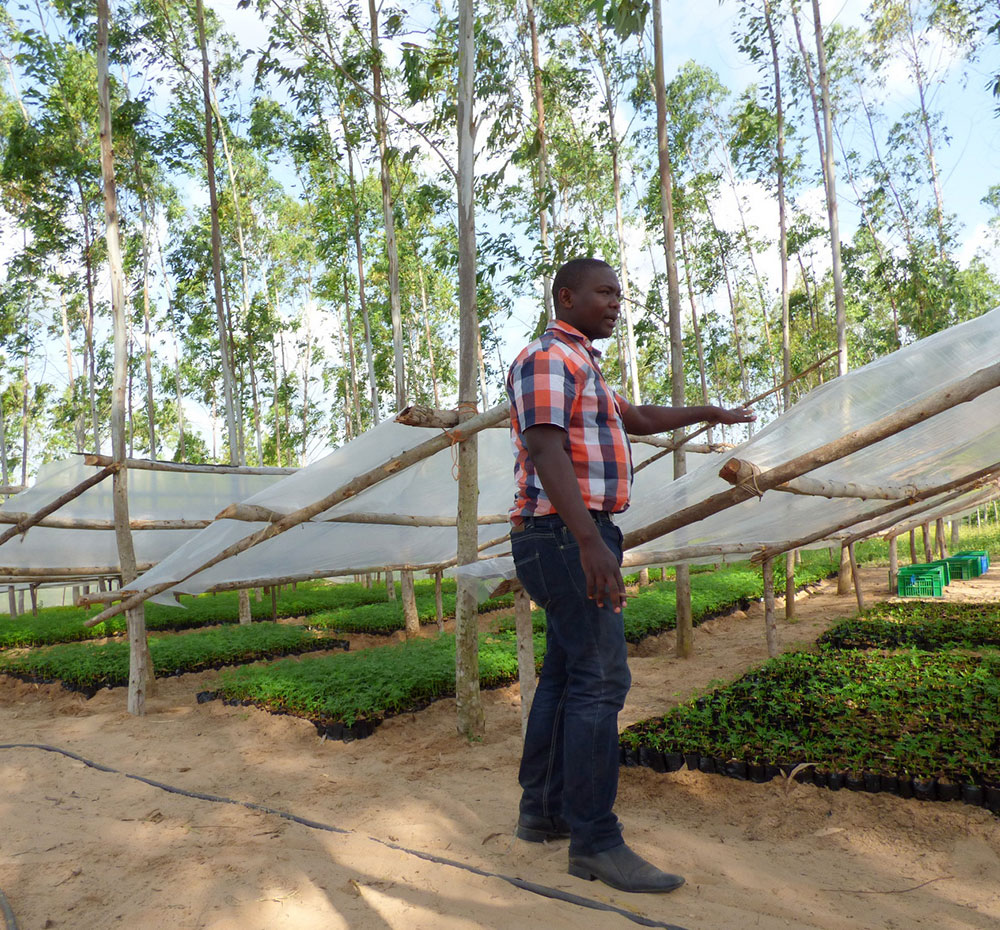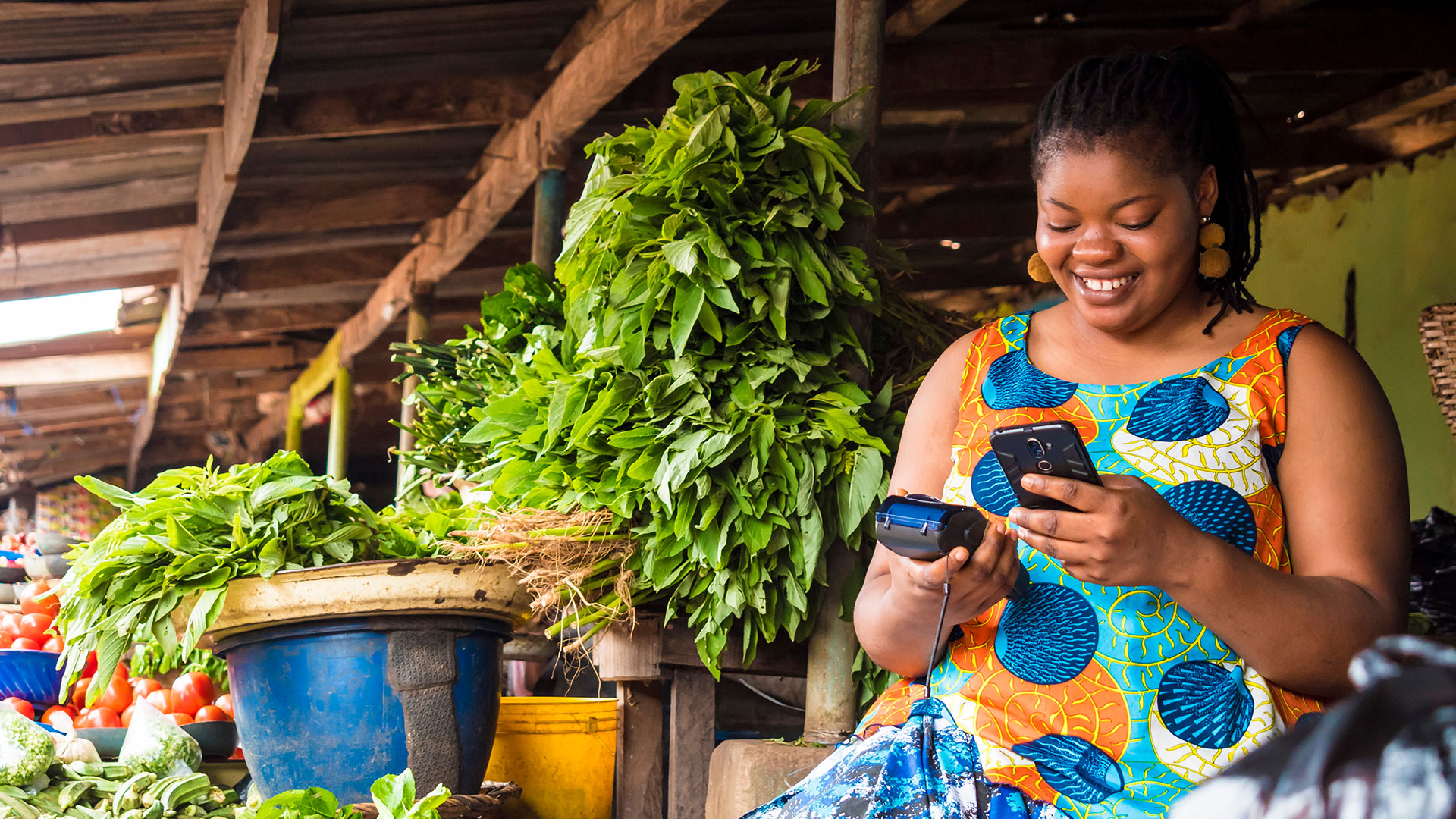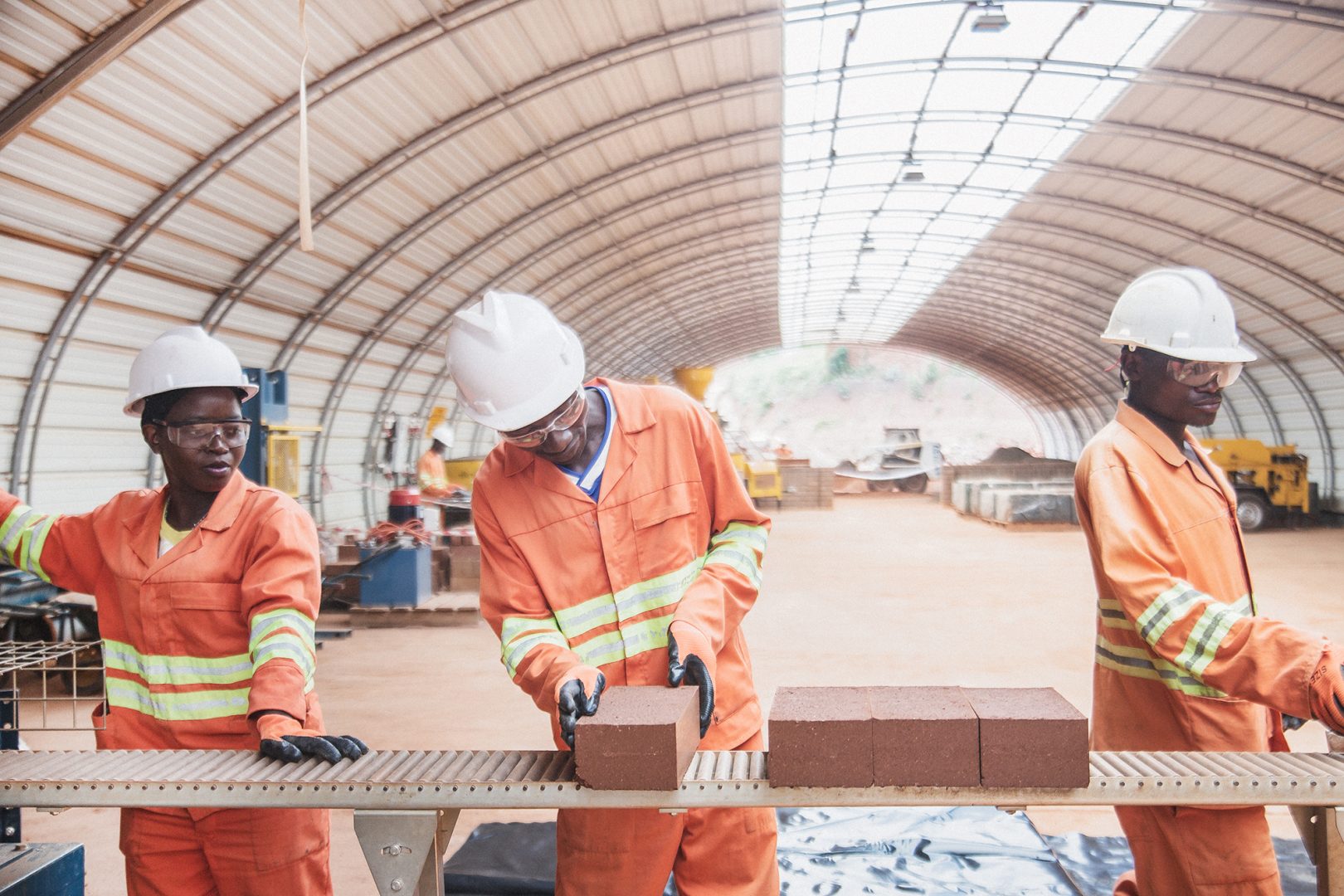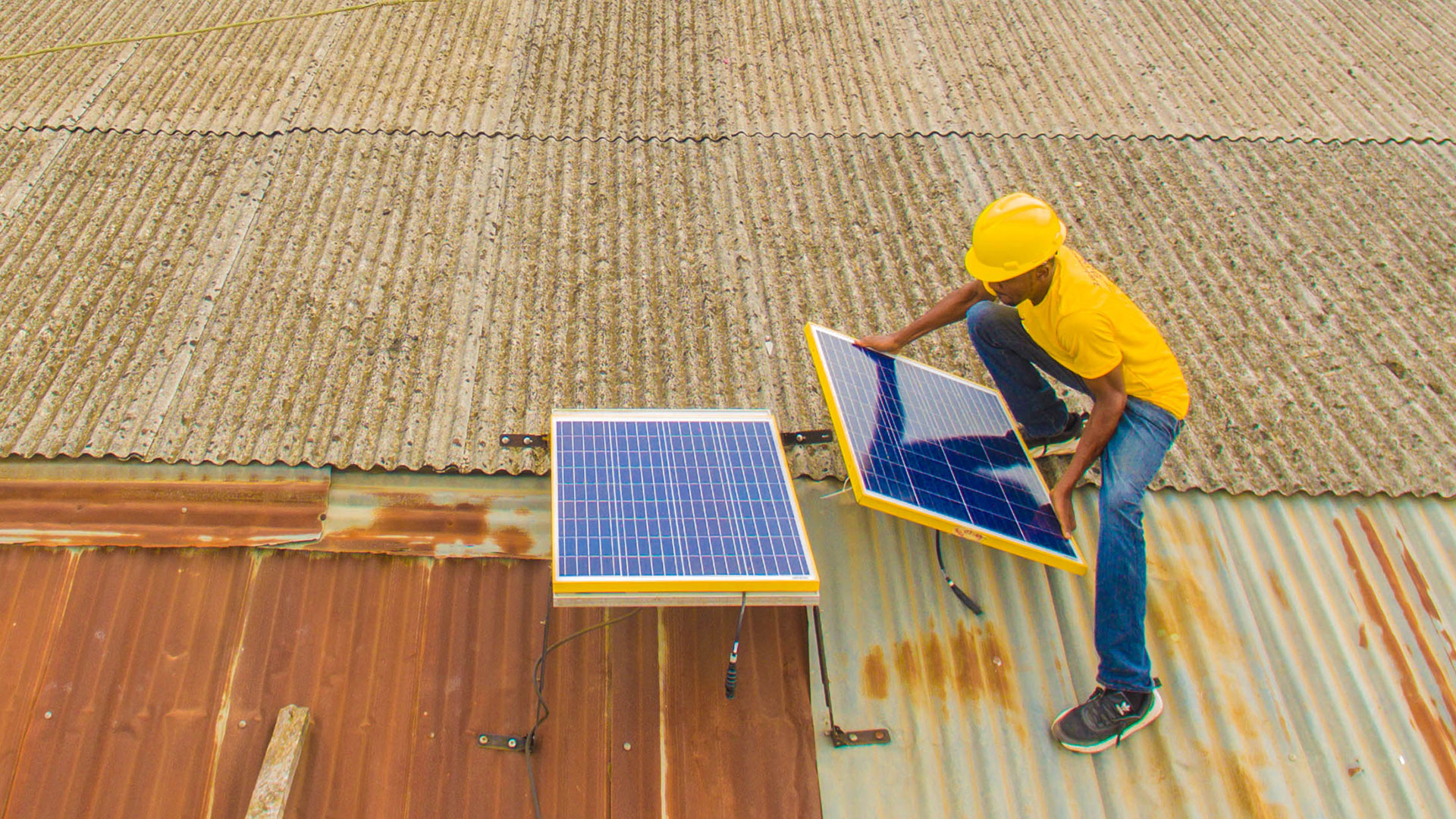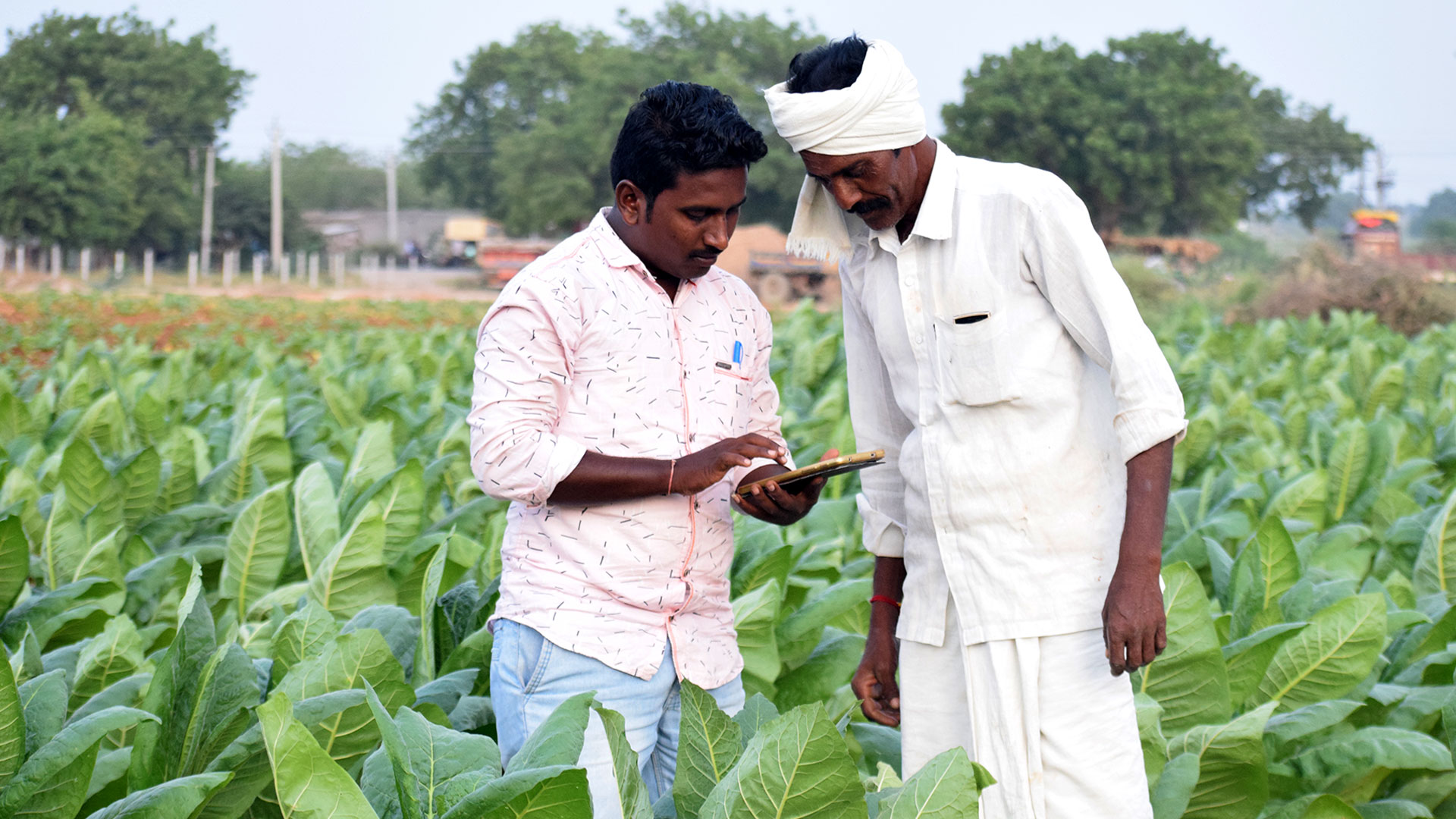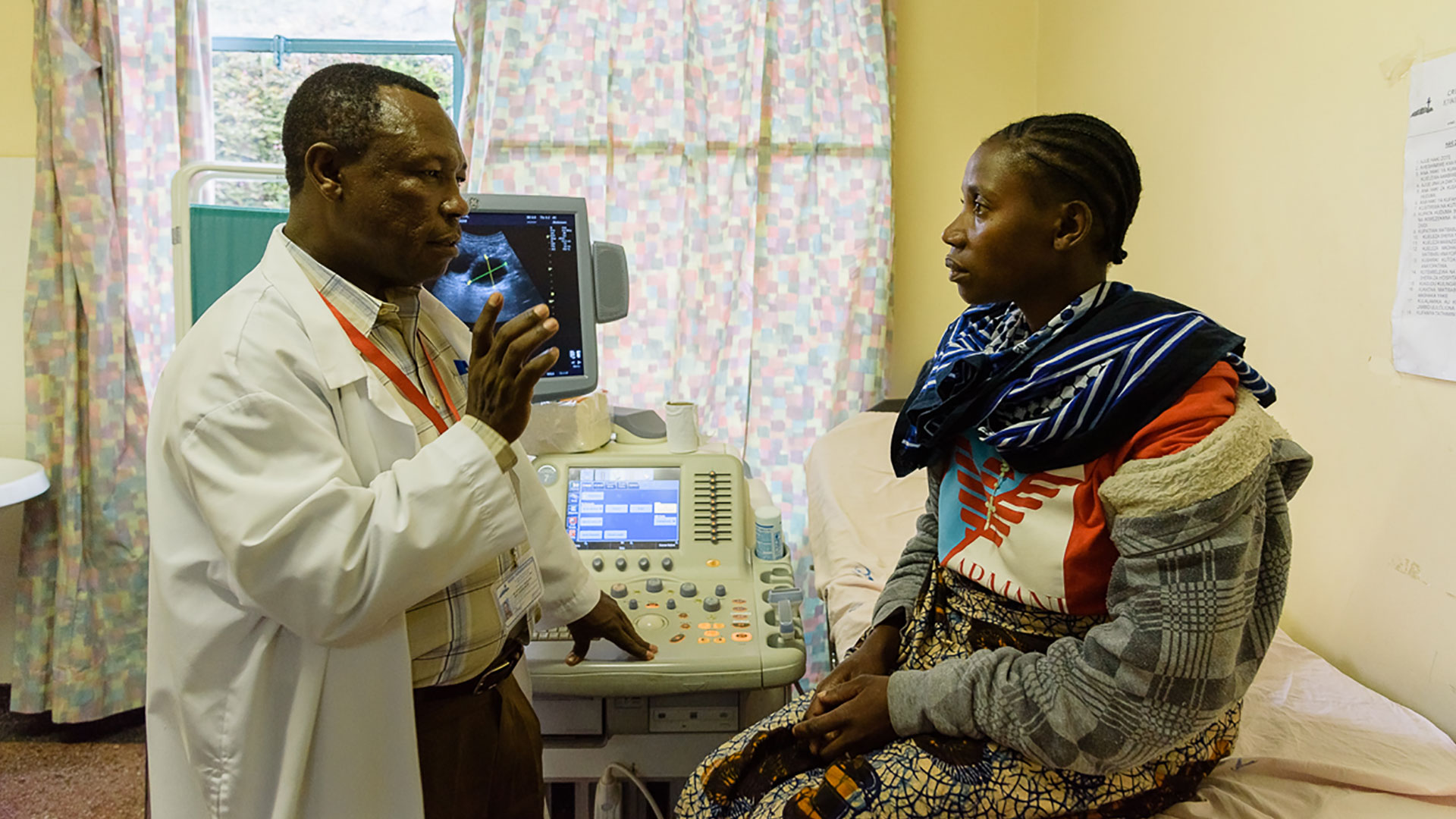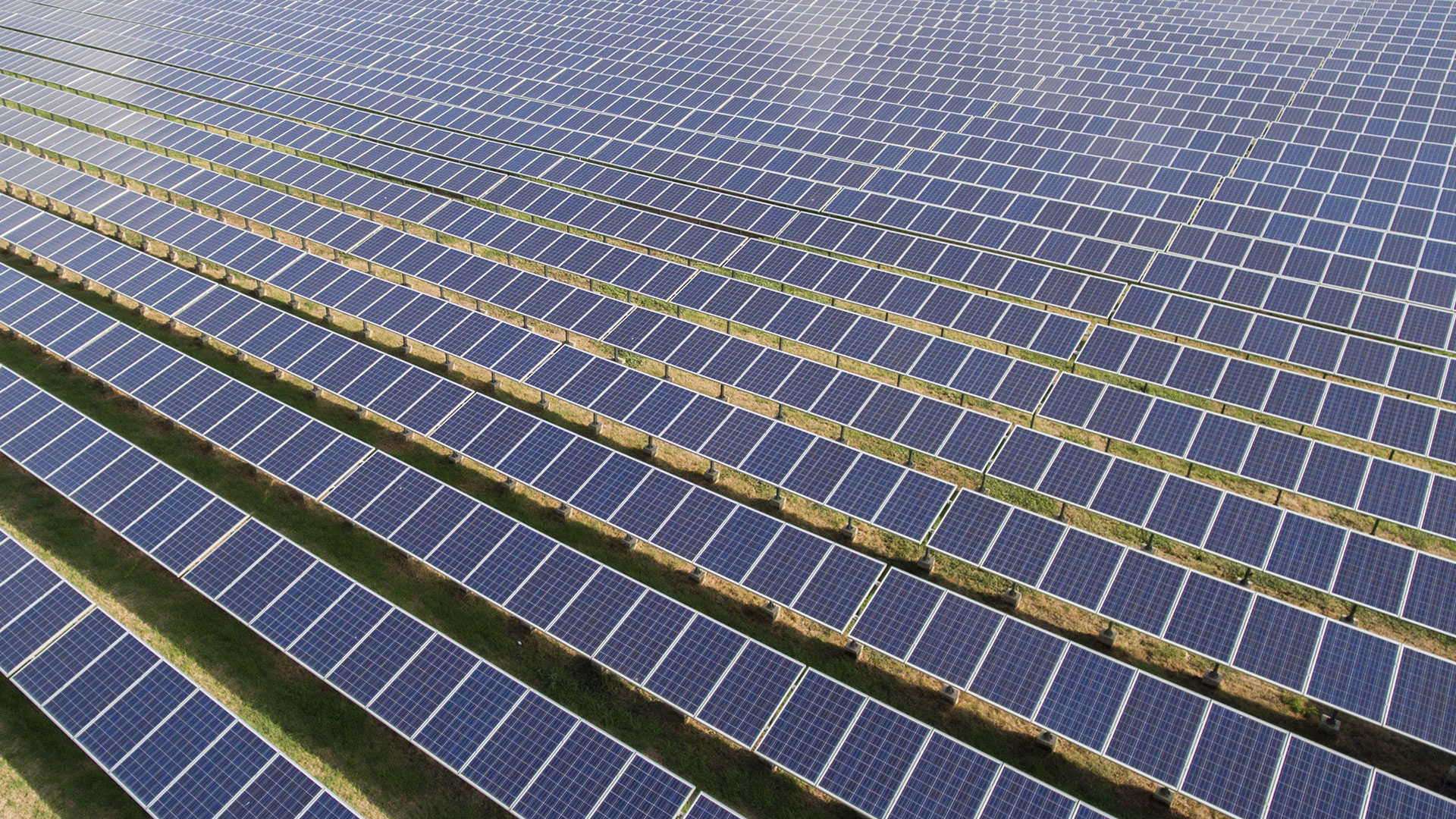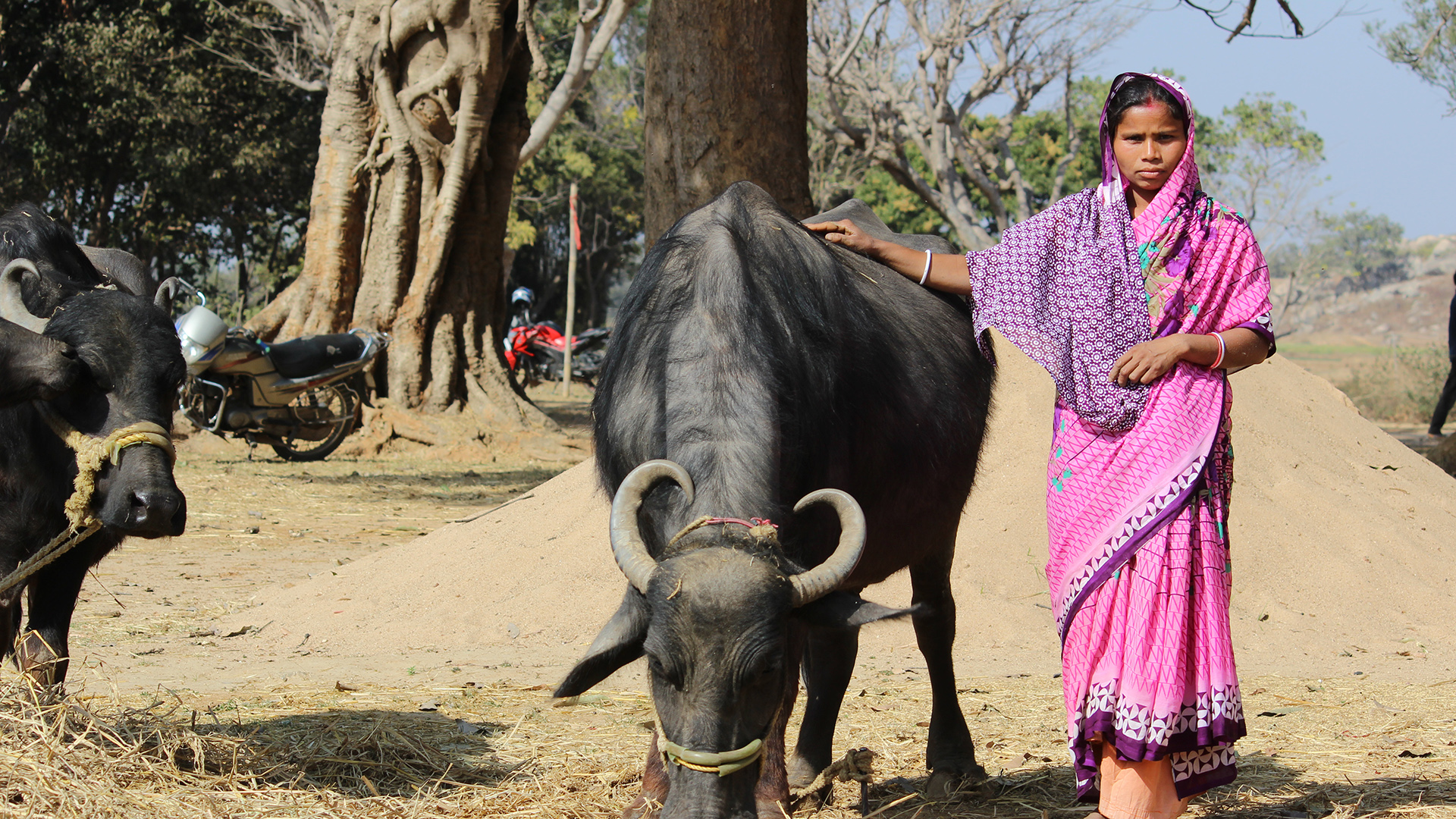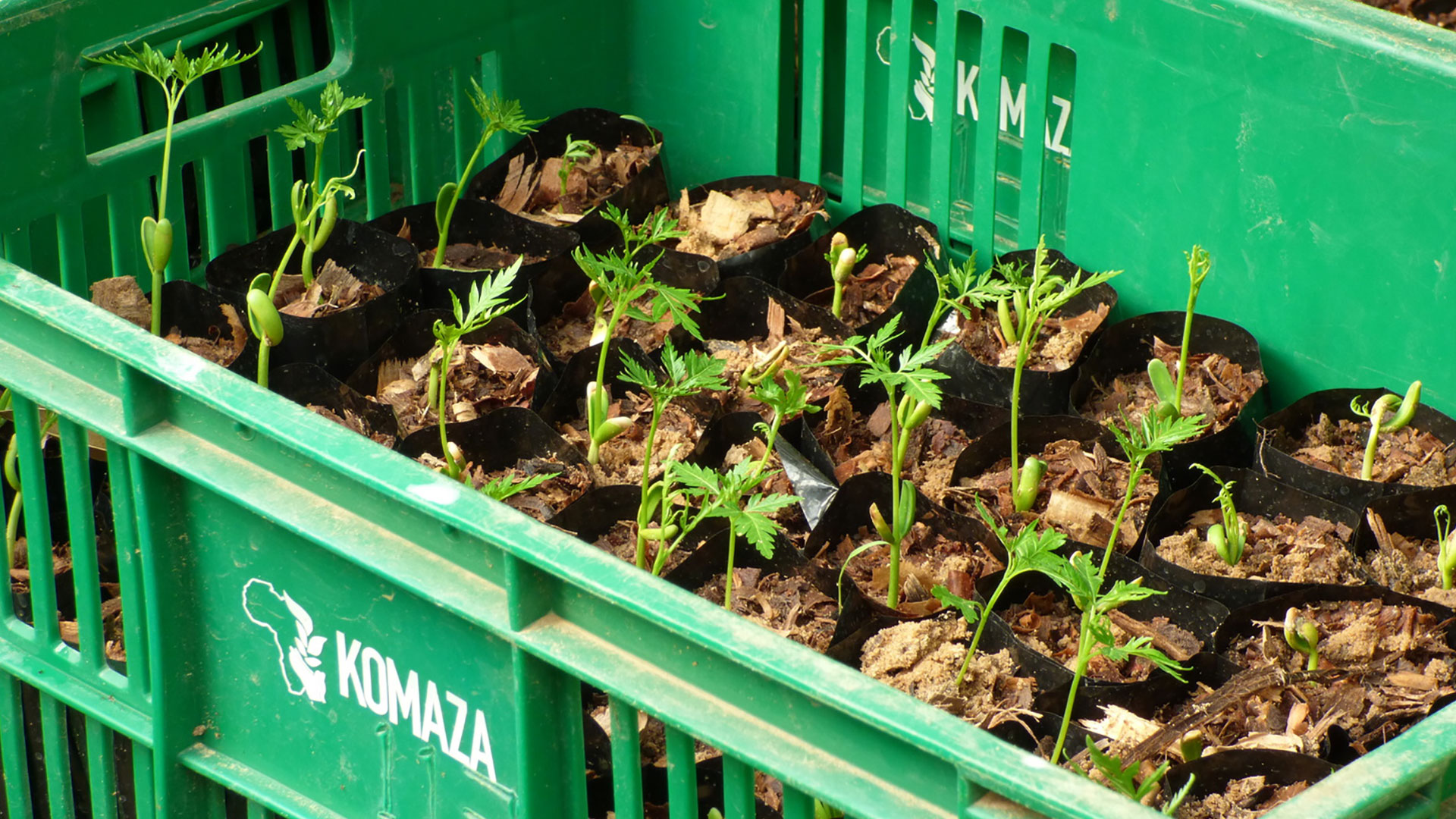
Deforestation continues to be a major problem in many African countries, with a heavily reliance on wood as a major source of fuel for cooking and heating, as well as the effects of logging and agricultural expansion. Without increased investment to boost supply, over 75 per cent of Africa’s 2030 industrial wood demand will be met by imports, at a cost of $50 billion.
Kenya, for example, has suffered rampant deforestation for decades, and faces a projected $30 billion deficit in the supply of wood. Komaza, a Kenyan business, is tackling this challenge through micro-forestry – building a ‘virtual’ plantation by helping tens of thousands of smallholder farmers use their previously unproductive land to grow trees to sell as timber in commercial markets.
Growing new trees naturally captures carbon dioxide in the atmosphere – known as carbon capture. It also reduces pressure on natural forests, by providing a stable and sustainable source of local wood. At the same time, it generates long-term income for smallholders in an area where 56 per cent live in extreme poverty, and most of the rest just above the rural poverty line.
Little land or labour is needed, and upfront costs are small, leaving farmers to focus on other crops as their trees mature. So by combining several tree and food crops, farmers can benefit from both short-term and long-term income from the same land, protecting them from the risks of market fluctuations, pests and diseases. Trees are also more resilient to erratic rainfall than seasonal crops, helping farmers adapt to climate change.
5 million
20,000 smallholder farmers have already planted more than 5 million trees


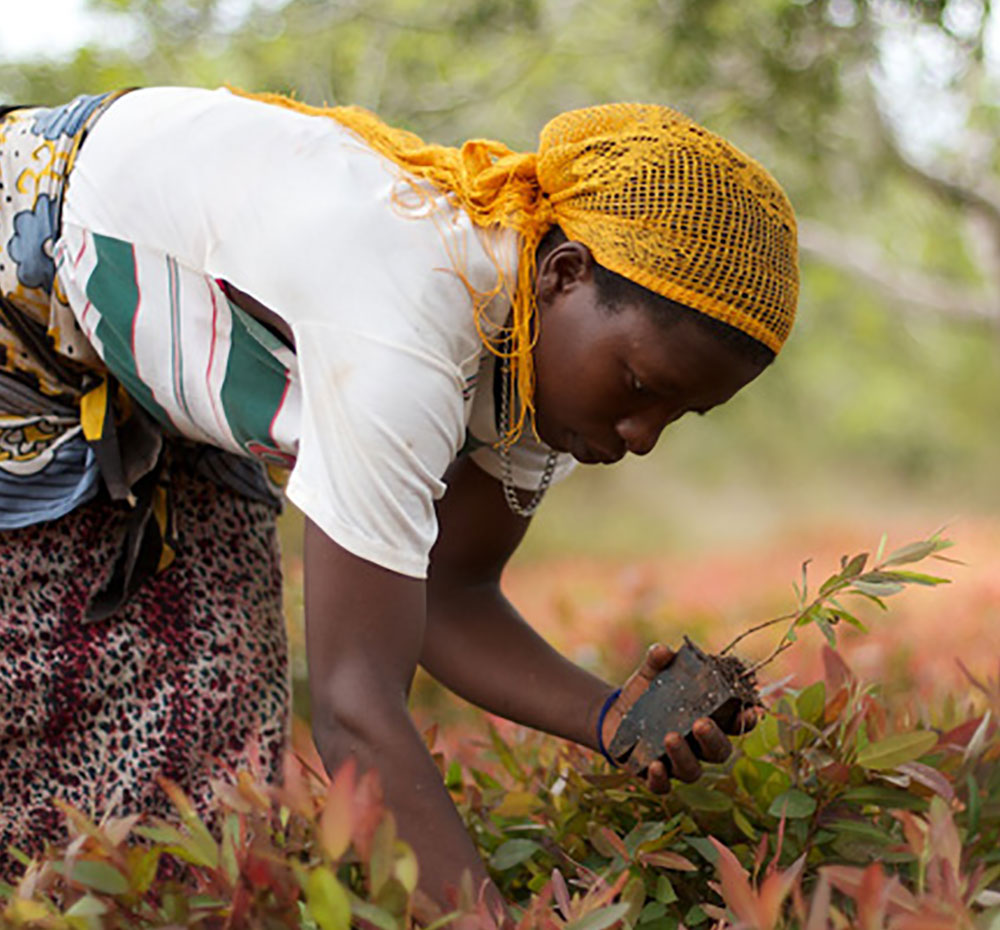
Komaza also takes an innovative approach to dealing with the smallest and lowest-quality trees. These often need to be cut to allow the higher-quality trees to grow even bigger. Often these thinned trees are left to rot or sold as low-value biomass. Komaza sells them as wood for fencing and building, where there is a thriving local market.
The impact of the company’s approach to date has been impressive. 20,000 smallholder farmers have already planted more than five million trees over almost 7,000 hectares, nearly doubling Kenya’s rate of commercial tree planting. Komaza’s target is to plant one billion trees by 2030, which will involve two million smallholder farmers.
A decade on from the first plantings, farmers are seeing a healthy return. From a single planting, farmers receive initial income within 3 to 6 years, and then more significant income from mature harvests within 8 to 15 years. A family with a half-hectare of eucalyptus and one hectare of melia trees can earn 40 per cent more in the decade after planting, and 250 per cent more in the second decade.
As one of the priorities of our Climate Change Strategy, we have committed to transform our investment portfolio so it reaches net zero emissions by 2050. That includes investing more of our capital in solutions that produce negative emissions, such as forestry.

-
Who
Komaza
-
Where
Kenya
-
What
• To date, 20,000 smallholder farmers have planted more than five million trees over almost 7,000 hectares
• Komaza aim to plant one billion trees by 2030, which will involve two million smallholder farmers
1 billion
Komaza aim to plant one billion trees by 2030


